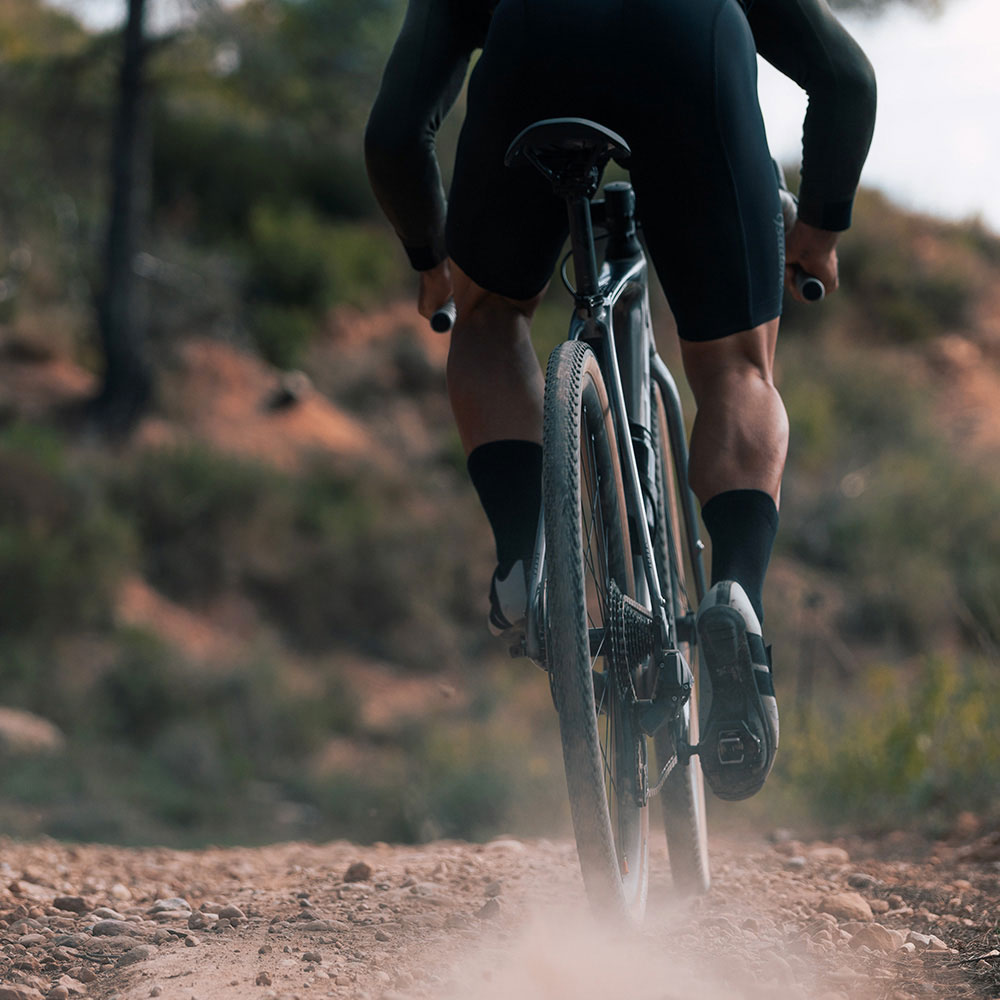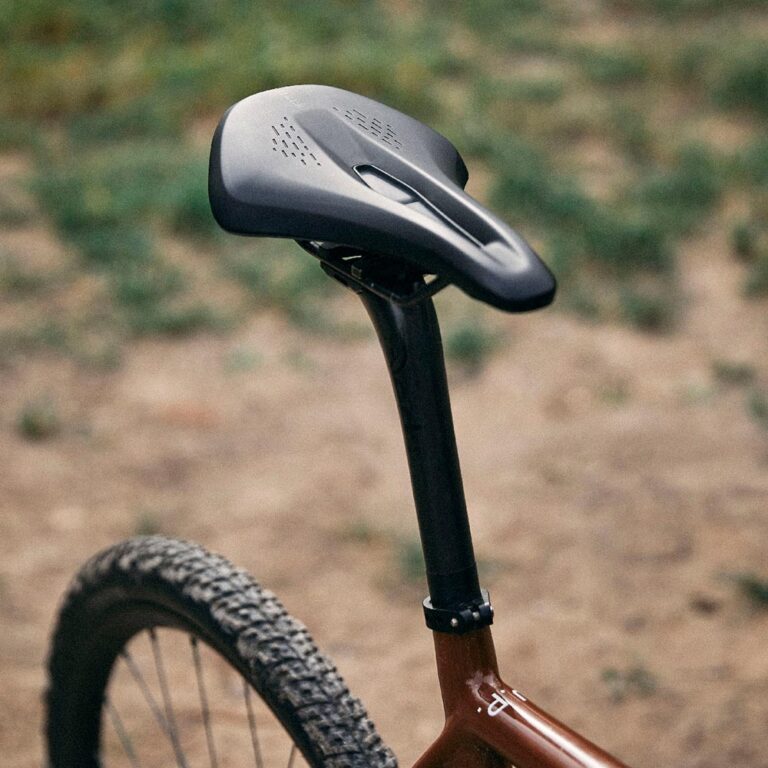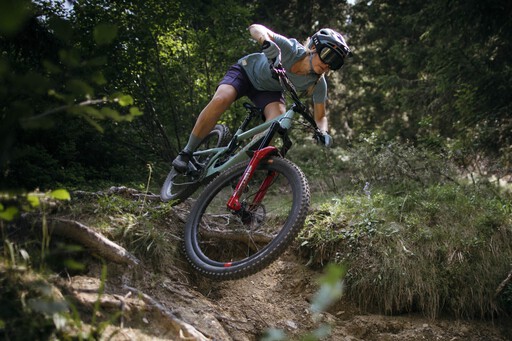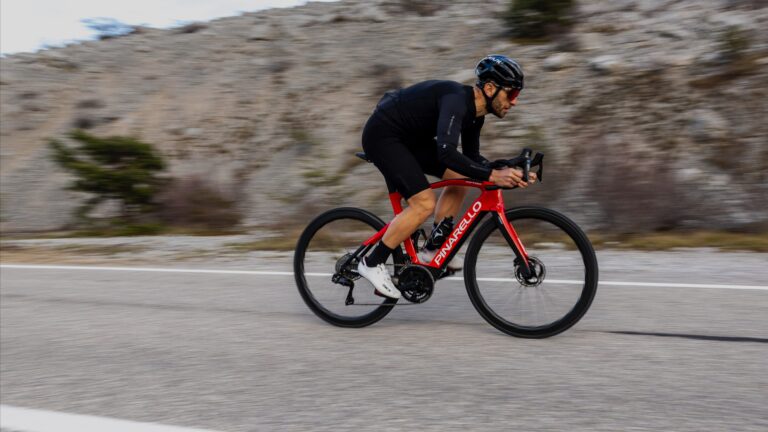Breaking in a New Gravel Bike Saddle: Your Guide to Comfort and Performance
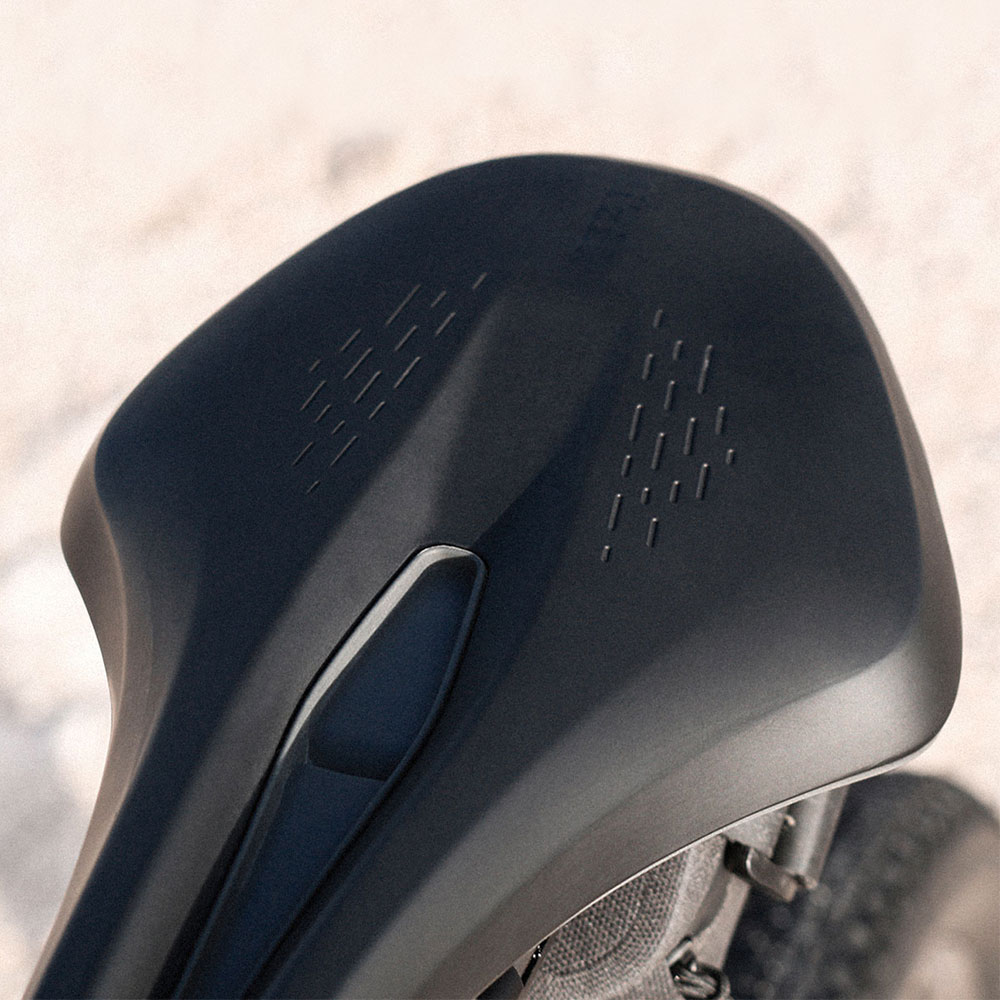
Key Point Summary of Breaking in a New Gravel Bike Saddle:
- Understanding Saddle Break-In: Learn about the importance of breaking in a new gravel bike saddle for enhanced comfort and ride quality.
- Personalization for Optimal Fit: Tips on adjusting and personalizing your saddle to fit your unique riding style and physique.
- Maintaining Your Saddle: Essential maintenance tips to prolong the life of your saddle and ensure consistent comfort.
As a seasoned master cyclist with a rich history in racing and riding across various terrains and bicycles – including mountain bikes, gravel bikes, and cyclocross bikes – I’ve learned a thing or two about the importance of a good saddle. Especially when it comes to gravel biking, where the terrain can be unpredictable and challenging, having a saddle that’s well broken in can make a significant difference in your riding experience. In this article, I’ll share my insights, tips, and personal anecdotes to guide beginners and mid-level cyclists through the process of breaking into a new gravel saddle.
Understanding Saddle Break-In
The process of breaking in a new gravel bike saddle is a fundamental aspect of achieving comfort and performance in cycling. Initially, your new saddle might seem uncomfortably stiff, but this is a typical experience. Saddles, particularly those crafted from materials like leather or high-density foam, require a period of adaptation to fit the contours of your body.
From my experience, the initial rides on a new saddle can feel challenging. My first gravel saddle was no exception; it was akin to sitting on a rigid board. However, with regular usage and a bit of patience, it gradually conformed to my shape, offering a level of comfort and support I hadn’t initially thought possible.
But it’s not just my experience that speaks volumes about the break-in process. Let’s delve into various perspectives to understand this process better:
- Material Matters: Leather saddles, renowned for their durability and classic style, often have the longest break-in period. In contrast, saddles made from modern synthetic materials and high-density foam might break in faster but might not conform as precisely to an individual’s anatomy as leather does over time.
- Personal Physical Factors: Everyone’s body is unique, and so is the break-in experience. Factors like body weight, riding style, and even the type of cycling shorts you wear can influence how quickly and effectively a saddle conforms to your body.
- Type of Riding: The type of cycling you engage in also plays a role. Gravel biking often involves a mix of terrains, which can expedite the break-in process due to the varied pressures and positions adopted during rides.
- Environmental Influences: Weather conditions and how you store your bike can affect the saddle material. For instance, a leather saddle may require extra care and conditioning if exposed to a lot of moisture or extreme temperatures.
- Adjustments and Accessories: Sometimes, the break-in period can be made more comfortable with the use of accessories like padded shorts or seat covers. Additionally, making small adjustments to the saddle’s position can alleviate discomfort during this phase.
- Rider’s Patience and Perseverance: Finally, a rider’s willingness to endure some initial discomfort is crucial. The break-in period is an investment in future comfort. While some riders might find the process relatively quick, others may need several weeks or even months, depending on the factors mentioned above.
While my personal journey with my first gravel saddle was a lesson in patience leading to comfort, it’s clear that the saddle break-in process is multifaceted, influenced by various factors from material choice to individual anatomy. Understanding and respecting this process can significantly enhance your long-term cycling experience.
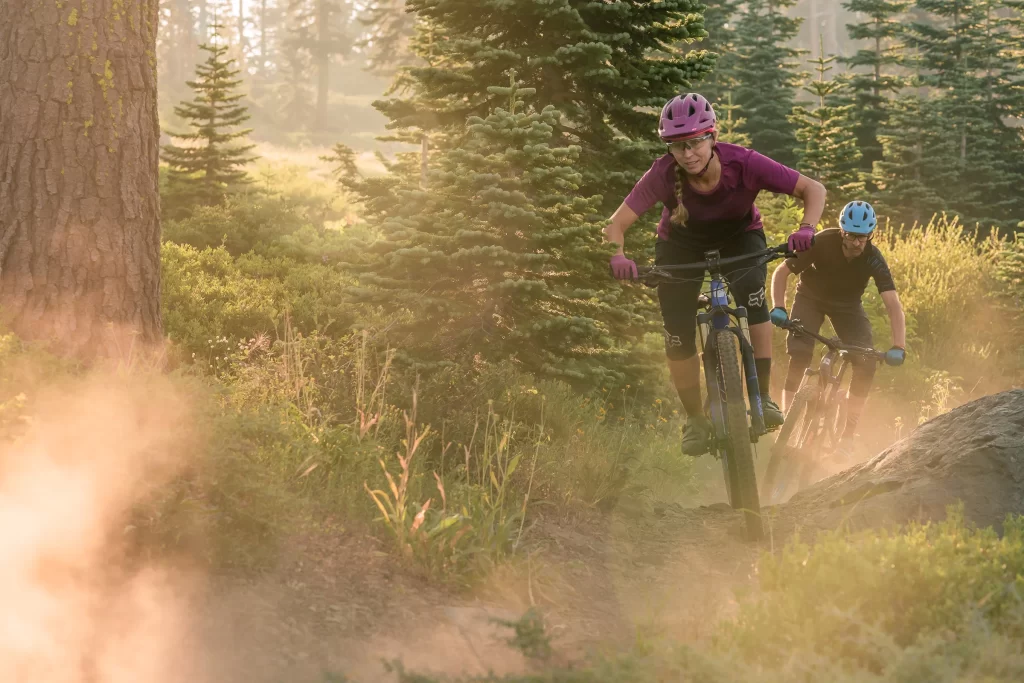
Tips for Breaking in Your New Saddle
- Ride Regularly: Consistency is key. The more you ride, the quicker your saddle will adapt to your body. Start with shorter rides and gradually increase your distance.
- Wear the Right Shorts: Padded cycling shorts provide extra cushioning and reduce friction, aiding in the break-in process.
- Adjust the Saddle Position: Experiment with different angles and positions to find the best fit. Even a slight change can make a big difference in comfort.
- Use a Saddle Cream or Conditioner: If you have a leather saddle, applying a quality saddle cream can help soften and protect the leather, speeding up the break-in process.
Use a Saddle Cream or Conditioner
Incorporating a saddle cream or conditioner into your saddle maintenance routine can significantly aid in the break-in process, especially for leather saddles. A product I’ve found particularly effective is Brooks Proofide Saddle Dressing. This cream is designed to soften and preserve the leather, helping it mold more quickly to your body shape.
Here’s how you can use a saddle cream or conditioner:
- Clean the Saddle: Before applying any product, ensure your saddle is clean and dry. Remove any dirt or moisture with a soft cloth.
- Apply Sparingly: With products like Brooks Proofide, a little goes a long way. Apply a small amount of the cream to the surface of the saddle.
- Massage Gently: Using a soft cloth or your fingers, gently massage the cream into the leather. Pay special attention to areas where the leather seems particularly stiff.
- Let it Absorb: After application, leave the saddle to absorb the conditioner, ideally overnight. This gives the leather ample time to soften and start conforming to your shape.
- Buff Off Excess: Before your next ride, buff off any excess cream with a clean, dry cloth to prevent your cycling shorts from picking up residue.
- Repeat as Needed: Depending on your saddle and the frequency of your rides, reapply the conditioner every few months or as per the manufacturer’s recommendation.
Using a specific saddle conditioner like Brooks Proofide can greatly enhance the comfort and longevity of your saddle. This cream is tailored to condition the leather, aiding in softening and preserving it. When used with high-quality saddles, like a leather gravel bike saddle from Selle Italia, the results can be exceptionally favorable. It’s an investment in your cycling comfort that pays dividends in the form of smoother, more enjoyable rides.
Worry not! At Cyclists Authority, we have thoroughly reviewed, rated, and ranked the Selle Italia saddle alongside other top-rated brands in our Best Bike Saddles list.
Personalization for Optimal Fit
Every rider is unique, and so is the way they fit on a bike. When I got my second gravel bike, I spent a good amount of time adjusting the saddle height and position to match my riding style. Pay attention to your body’s signals. If you feel discomfort in certain areas, it might be time to tweak the saddle position.
- Height Adjustment: The right saddle height helps in efficient pedaling and reduces strain on your knees and hips.
- Fore and Aft Position: This affects your reach to the handlebars and overall balance on the bike.
- Saddle Tilt: A slight tilt can relieve pressure points. Be cautious, as too much tilt can lead to other problems.
Finding My Perfect Fit
I recall a particular long ride on my gravel bike, where I started feeling discomfort after the first hour. I stopped and adjusted the tilt of my saddle slightly upwards, and the difference was night and day! Sometimes, small adjustments can have a significant impact.
Maintaining Your Saddle
To ensure your saddle stays comfortable and lasts longer, regular maintenance is crucial.
- Clean Regularly: Wipe down your saddle after rides, especially if it’s leather. This keeps it free from dirt and sweat, which can degrade the material over time.
- Store Properly: Keep your bike in a dry, cool place to prevent weather-related damage to the saddle.
- Regular Inspection: Check for signs of wear and tear, especially if you ride in harsh conditions.
FAQ
How long does it take to get used to a new bike saddle?
Typically, it takes about 15 to 20 hours of riding time to get used to a new bike saddle. However, this can vary depending on the type of saddle, the material, and individual factors like riding style and body shape.
How long does it take to break in a new saddle?
Breaking in a new saddle typically takes between 200 to 500 miles of riding, though this can vary based on the saddle material, type, and individual riding habits. Leather saddles usually have a longer break-in period compared to those made from synthetic materials.
Do you need to break in a new bike saddle?
Yes, breaking in a new bike saddle is often necessary, especially for leather saddles which can be quite stiff initially. The break-in process allows the saddle to conform to your body shape, increasing comfort over time. Saddles made from synthetic materials may require less break-in time but still benefit from a period of initial use to assess and adjust for optimal fit and comfort.
Final Thoughts
Breaking in a new gravel bike saddle is a journey towards achieving the perfect harmony between rider and machine. Remember, comfort leads to better performance. So take your time, be patient, and soon, your new saddle will feel like a natural extension of your body.
Happy cycling!
John
